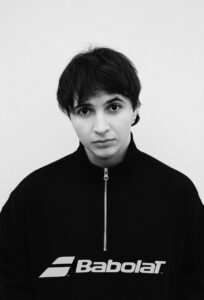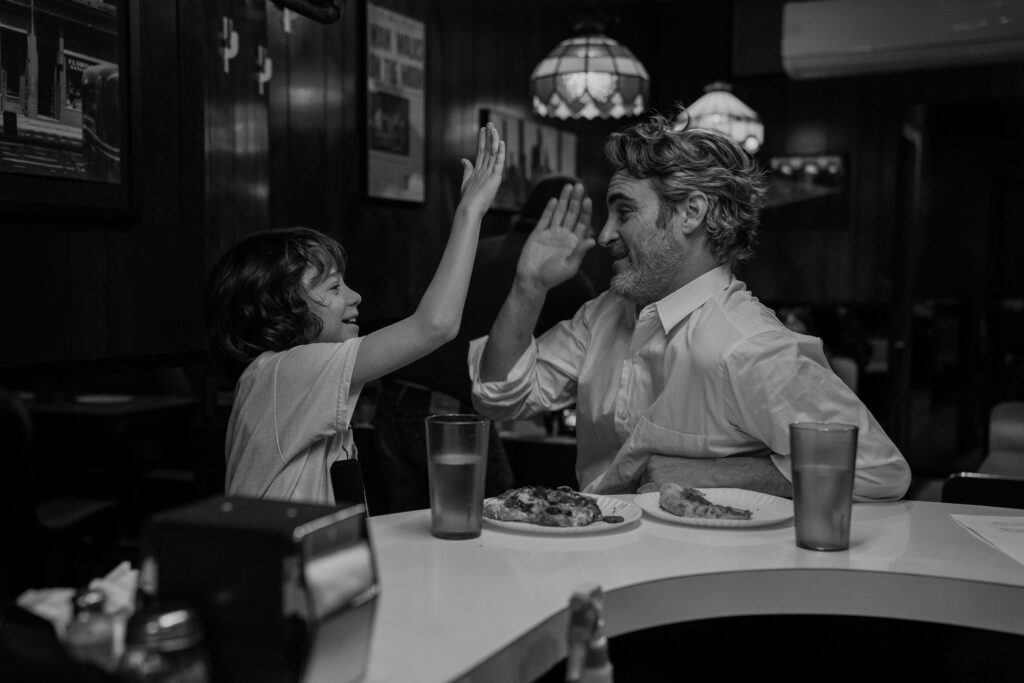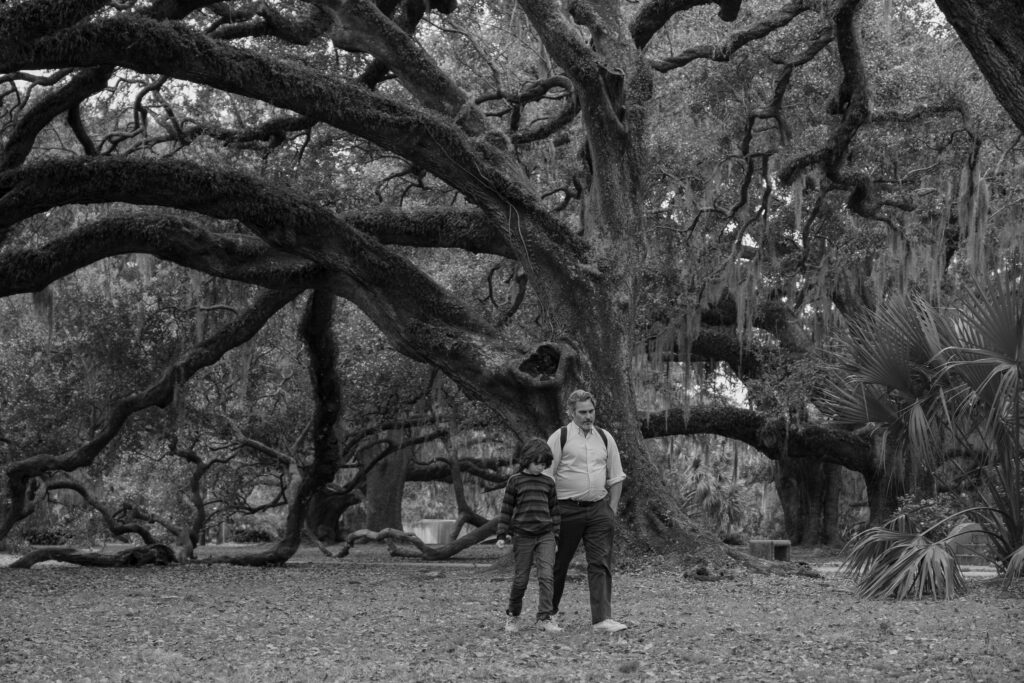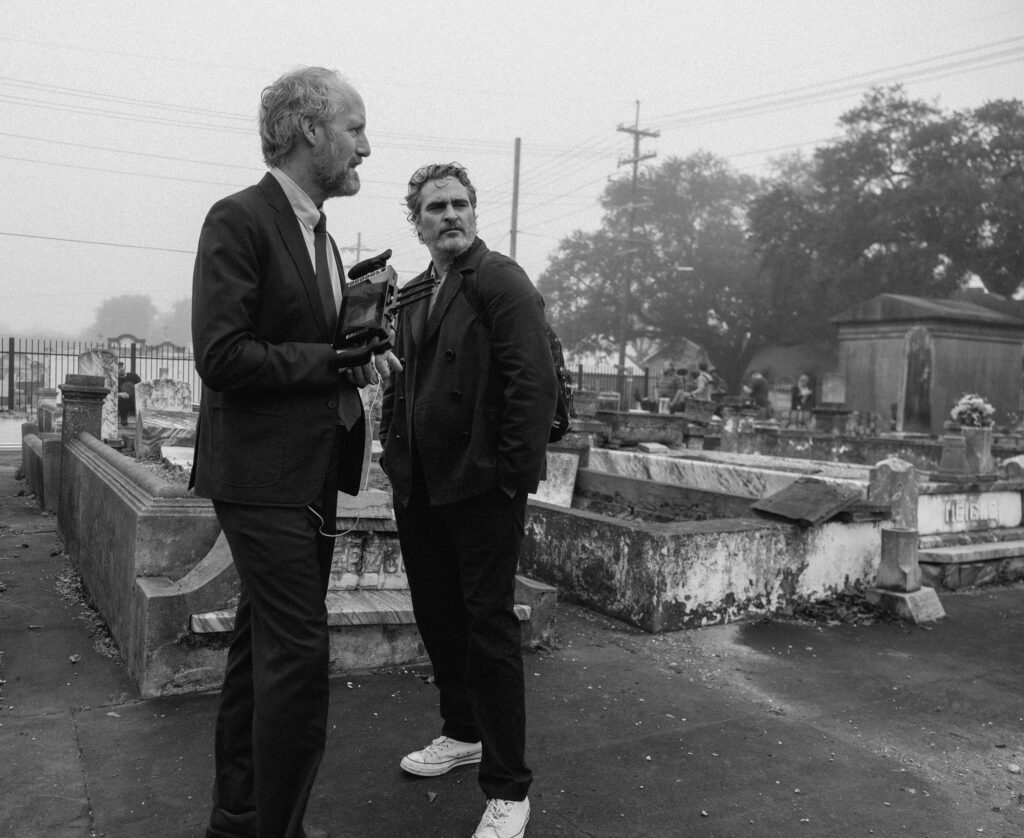Culture
Youth
Psyche
Subculture
Art
Culture
Youth
Psyche
Subculture
Art
With Niccolo Lapo Latini
Interview and text Thomas Walsh
A talk with the italian Project manager who’s taking us behind the scenes where most of the time we can’t see what’s happening
Niccolo Lapo Latini, a 25-year-old Italian Project Manager, embarked on his journey into the world of photography sets very young, where he fell head over heels for the electrifying atmosphere, intense pressure, and adrenaline rush. His career has spanned various domains, including visual arts, where he collaborated with international artists from Ukraine and China.
However, it was a fateful encounter with the fashion world in Barcelona, courtesy of Fila Europe, that solidified his path as a Project Manager in the fashion industry. Despite this specialization, he has maintained strong connections and successful operations in the realms of photography and publishing. Niccolo’s foray into project management started with a broad overview, but over time, it evolved into a comprehensive role. He has been involved in high-level tasks such as one-on-one meetings with artistic directors, coordination of pre-production and post-production activities alongside producers, technical oversight of sets and resources, and the often underestimated duty of account management, including negotiations, project planning, and future vision. Notably, he excels at tailoring each operational team to deliver peak efficiency and technical prowess.
Throughout his remarkably early career, Niccolo has partnered with prestigious entities, including TDC, Lacoste, Magnum Photo, Apple and La Biennale Di Venezia. He has had the privilege of collaborating with distinguished professionals such as Martin Parr, Cole Sprouse, Mike Miller, José Mourinho. His close association with the publishing world is more than just a diversion from the demanding daily grind; he views it as “a panoramic window to the sea – a place to unwind and also “a wellspring of opportunities and encounters that should never be underestimated”.
Your experience on set, even though you’re so young, is extensive. What are the differences and various types of sets you’ve encountered during your journey? Earlier, you mentioned that you started with the real grind but eventually rose to share the stage with the best.
There is only one type of set: the one with problems to solve. The only difference is how you go about solving them and, of course, the means you have to do it. Time and money are the terms of an equation that best represents the production life. My journey literally started from being a runner, serving coffee, setting up backdrops or stage lights with a helmet (I even have the certification for it. He smiles.)
So, what makes the difference between top-level and medium-level sets? Where do you think the leap in quality lies?
Certainly, intelligence, the IQ of the entire machine. Equally important is fluidity, the naturalness of the simplest gestures. It’s a bit like watching Roger Federer in action on a tennis court just a few meters away: he does exactly the same things as other players, only infinitely better.
The secret ingredient for a successful production?
Here, I’d like to quote one of my favorite actors, Mr. Joaquin Phoenix. Speaking with Woody Norman shortly after the Bafta 2022, he told me one of the best lessons he learned from JP on set: he says you have to make everyone feel comfortable but never compromise on professionalism. Facilitating each other’s work, making yourself available for anything while still having a defined role, it’s all about finding the right balance.
Setting aside the technical aspect for a moment and focusing on creativity. Production is certainly a very strict and rigorous aspect of Project Management, characterised by precise timing. But what about the creative process, the relationship with Art Directors, and everything that brings the initial idea to life? Do you believe creativity can be limited?
Creativity shouldn’t be limited but rather guided and protected. Providing space, granting creatives a safe zone to unleash their creativity, creating a launchpad or, even better, a runway for takeoff and landing.
Leaving a creative without boundaries in terms of time and space may seem wonderful at first, and it may sound right or ethical, but soon, too much freedom will lead to chaos and unexpressed talent, which is not very romantic at all. You need a starting time, an acceleration time, takeoff, maximum expressive power, a linear and balanced flight served with a progressive and safe landing.
In January 2021, L’Officiel Russia dubbed you „Guernica.“ Guernica is a painting by Pablo Picasso, inspired by the bombing of Guernica on April 26, 1937. Guernica is now housed in the Reina Sofia Museum in Madrid, Spain. It’s a term that evokes speed, efficiency, and inexorability, almost an artistic variation of Murphy’s Law. In your opinion, what about your work during that time garnered such interest and curiosity?
During the years of COVID, I worked extensively with Russia and Ukraine. I had multiple teams in those parts of Europe. The difficulties in producing a live campaign were enormous; everything was blocked. In a period where nothing is moving, and the fashion business is scrambling to find refuge in CGI and 3D animation to salvage the market, having someone who can produce live projects did not go unnoticed.
And how did you manage or decide to do it?
Well… the concept, in some cases, is one and the same: “Whatever it takes.” (He smiles.)
Another activity that kept you busy during the COVID and post-COVID period was your close contact with the marketing departments of numerous companies in central Italy to requalify and streamline their advertising structure. Why did you become interested in this? After all, it wasn’t your core business at the time. What motivated you?
The market was going through a period of unprecedented suffering, and it’s no secret that in fashion marketing, there is a high level of waste and misguided investments. In my mind, I simply lent a hand and improved the situation somewhat. But thinking about it, if I take full awareness of it, those requalification projects positively impacted my clients and the lives of their employees during that difficult period.
In your editorial projects and collaborations with foreign press offices of international artists, one question that we often see you ask during your one-on-one interviews is: What is your definition of creativity?
I come from the visual arts, and I have several definitions of creativity to share. In reality, I’ve always thought of creativity in two ways: the ability to associate, thus the speed and intuition in creating puzzles of theories, concepts, shapes of existing realities to create more advanced ones (I don’t like the word „new“). The second is originality, being oneself and expressing oneself authentically is pure creativity.
All the Art Directors listening will be pleased with your rational response! (He smiles.)
Please forgive me, but understand, I’m a technician, and I don’t believe in epicness very much. (He smiles.)
And what do you believe in?
To do my job well, you shouldn’t believe in anything. I stick to tennis faith, a lifelong weakness of mine.
What drives you to choose one project over another when deciding on an assignment to accept? What stimulates and motivates you in today’s fashion?
Brands try to outdo each other, trying to be ahead of others by emulating something that has already been done years before by someone else, a vicious cycle, a race against time, time that has already run out.
Nothing new. That’s why I’m always looking for new challenges and complex projects, with an intimate and heartfelt purpose behind them. Money and the value of a company are tempting, but only to a certain point; our industry thrives on both bad and good copies. It takes a bit of magic! Feeling, courage, and heart… that’s how I choose who to work with.
A look into the near or distant future?
I would love to collaborate more deeply with the world of cinema someday. The experience at the Bafta 2022 with A24 was enlightening!
You’ve worked with top-level professionals with diverse career backgrounds like Martin Parr, José Mourinho, Lucky Blue Smith, Gianpiero D’Alessandro and many others. How do you manage 20 or more creative minds, including creatives, photographers, talents, directors, producers, etc., in a project? How do personalities of such caliber find common ground?
José Mourinho himself would say, „If you don’t know how to coach the great players, you will never know how to coach the small ones“ (October 2022 Mourinho vs. Ten Hag). The fact is, yes, you must have a human touch and empathy, but also the gift of synthesis, especially when traveling at certain levels. In times of difficulty, career becomes worthless, only your immediate goal matters, and at that moment, we all must have the same goal: to make our project a success. Everyone has their motivations and dreams in their career, but one project ultimately cites only one thing, closing it successfully. When they remember it, I assure you that even the most renowned Art Directors or photographers would work as assistants to achieve the final goal.
Thank you for the interview. We’ll leave you with one last question: Do we always have a choice in times of need?
Certainly, more than one… There are bad choices, there are middle paths. I like to call them „smoke in the eyes“ that hold up if you’re a good tightrope walker, but they are unstable and disposable. You have to know when to use them and use them well for a short period before they leave you stranded, and then there is the one, the right choice, the one and only.



